Third Decade: The Crowning with ThornsChrist Crowned with Thorns Anthony van Dyck (1618-1620) oil on canvas, Large: approximately 7 feet high by 6.5 feet wide Currently located in the Museo del Prado, Madrid, Spain Jesus was arrested, then He was questioned over and over by different authorities. A judgment was made: everyone then knew that He would be crucified. Behind the scenes, the torture continued. Do you know where we are now? Here He is, in a prison, being made fun of with a crown of thorns. This painting is dark, isn't it? I wouldn't be surprised if you needed to step a little closer if you were in the Museum-- or zoom in here on your phone or computer-- to see all the details. But wait. Let's look from a distance first. I see seven people with Jesus. All of them look really worked up. Despite that agitation, the dark colors that the artist Anthony van Dyck uses cause a very quiet pause. We hear nothing, we might feel our souls reaching out, as we reverently look at our exhausted Jesus, Whose Heavenly Father bathes Him in light. That light isn't coming from the window, is it? Look out the window; it's still twilight outside. God is always with Him, and us. Let's lean in. Jesus is surrounded by five men. They are probably soldiers who just finished scourging Him. Now they are jeering Him; they are making fun of Him. Do you remember the Jusepe de Ribera painting called The Adoration of the Shepherds painting that we looked at during Advent? One of the shepherds was genuflecting as he recognized God in the Holy Infant. His hands are held in prayer, and his knees and feet are respectfully placed. The man who helped torture Jesus is genuflecting in front of Him, too, in the same exact position and the same exact placement on the canvas as that shepherd, but this genuflect is not sincere. He is in bare feet, and one of those dirty soles is shown directly to us. This was a common technique Renaissance and Baroque artists used to show rudeness and disrespect. How different their attitudes are! The man makes fun of Jesus while he hands Jesus a pretend scepter before he yells, "Hail, King of the Jews!"
o Jesus.... He is so weak from the scourging. Through it must be painful beyond imagination, He does not scream, groan, or even show pain on His Face. He just sits there as the soldier dressed in a suit of black armor places the crown of thorns upon His divine Head. We can see how painful the thorns must be because the soldier is wearing iron and heavy leather gloves rather than using his bare hands to drive the thorns into Christ's Head. Soldiers living in the Holy Land during Jesus' lifetime did not wear suits of armor. So why is this soldier wearing something that was invented a thousand years after Good Friday? There are several possibilities why the artist chose to include this anachronism. Sometimes artists include contemporary items to remind us that we are a part of the ancient Christian scene. Sometimes artists include objects that viewers are familiar with to express an abstract idea; here, van Dyck may have wanted to remind us of the constant fight between good (symbolized by the innocent, loving, accepting Jesus) and evil (symbolized by the cold, hard, unyielding armor). The battle axe held by the man behind Jesus is also an anachronism. In religious art the battle axe is used as a symbol of martyrdom.
Now, with The Crowning with Thorns in our imagination, |
Upcoming Family Events
here in our program, here at our parish, and throughout our Diocese. Categories
All
Archives
April 2024
|
-
Welcome
- About
-
Ministries
>
- Altar Servers
- Black Catholic Ministry
- Dementia and Alzheimer's Caregivers Support
- Extraordinary Ministers of Holy Communion
- Filipino Ministry
- Garden Ministry
- Grief Support
- Lectors
- Men's Club
- ministerio hispano
- Ministers of Hospitality
- Ministry of Mothers Sharing (MOMS)
- Music
- Prayer Groups >
- Religious Articles Store
- Thrift Shoppe
- Organizations >
- New Here?
- The Sacraments
- Making Disciples
- News / Events
- Contact Us
Proudly powered by Weebly

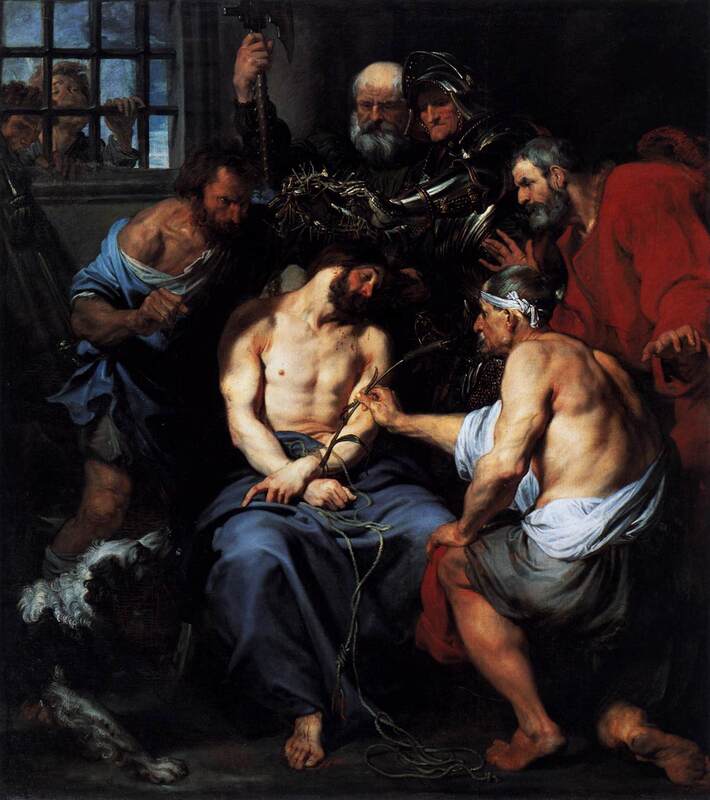
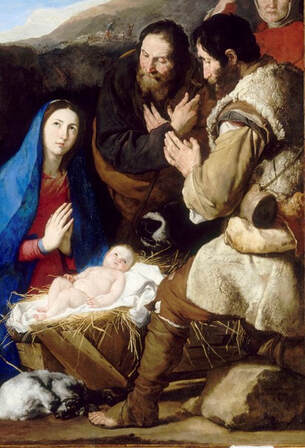
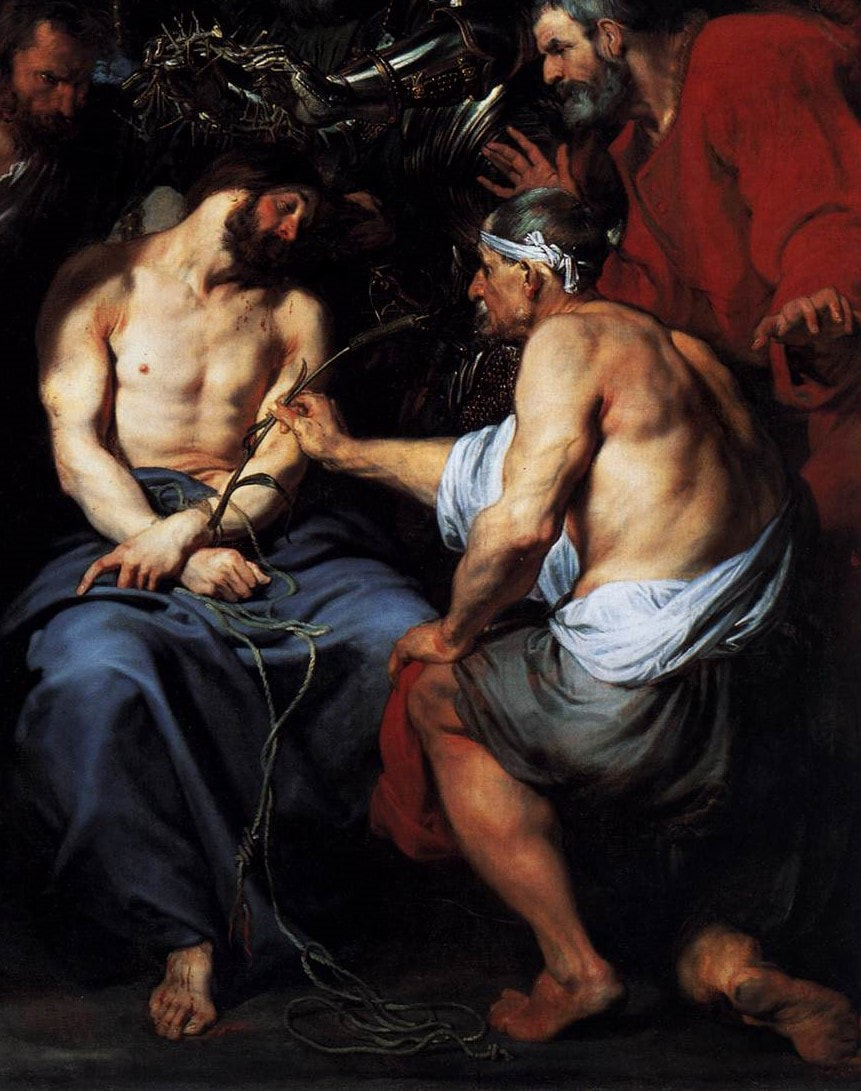
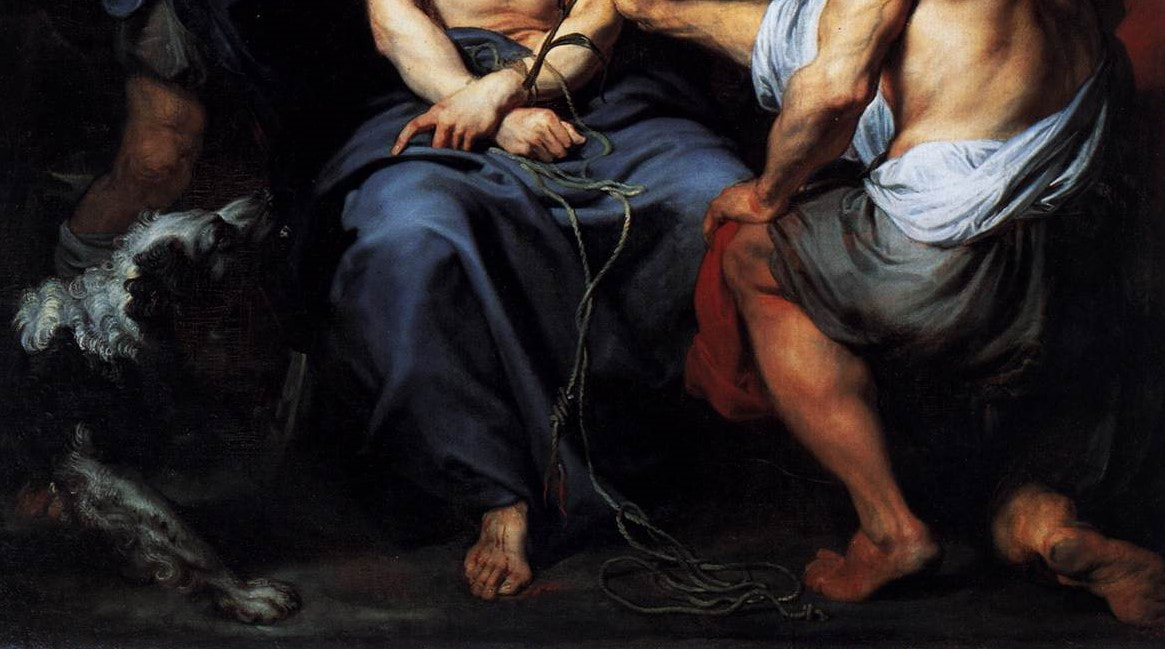
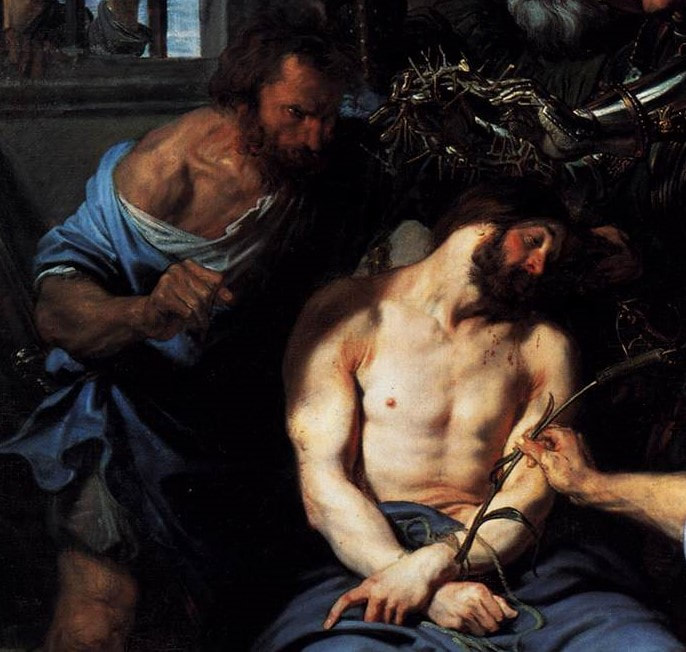
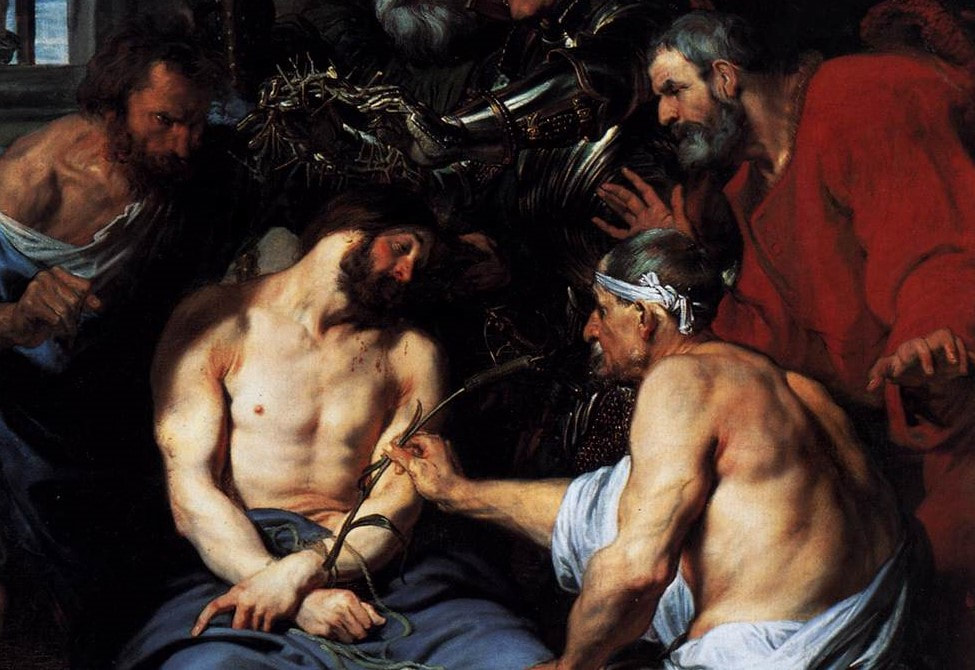
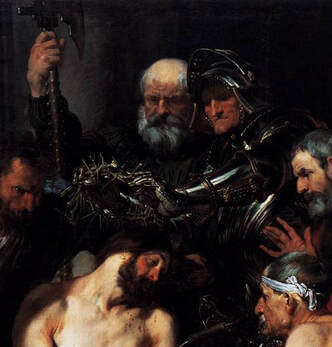
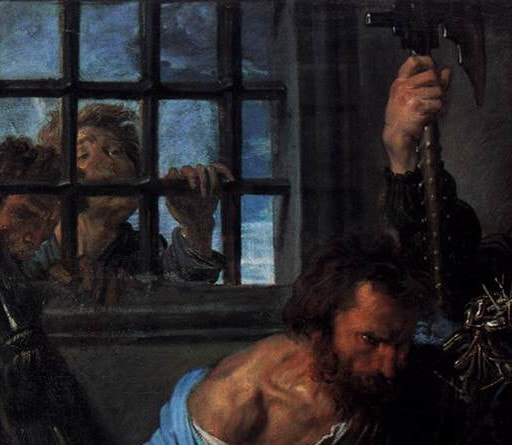
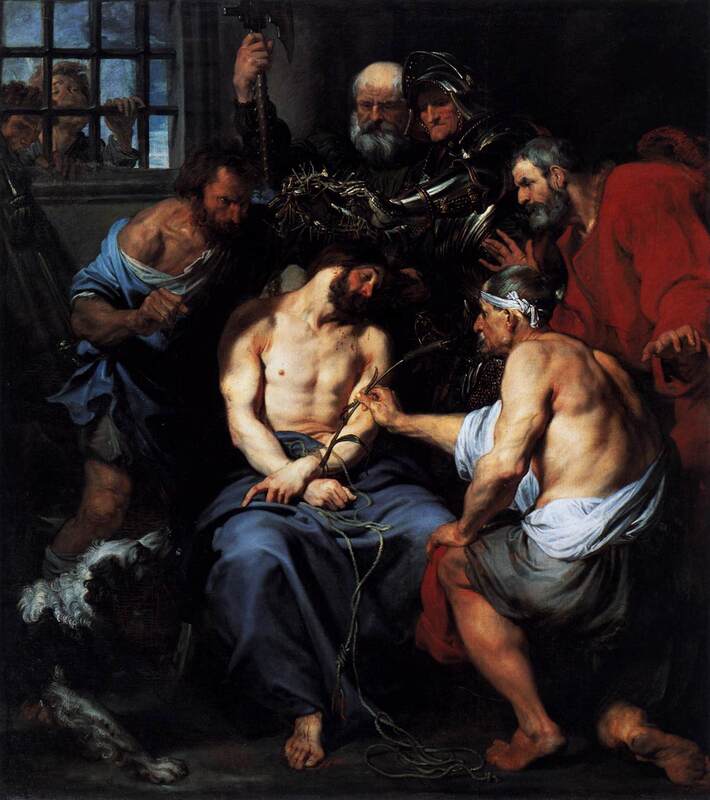

 RSS Feed
RSS Feed